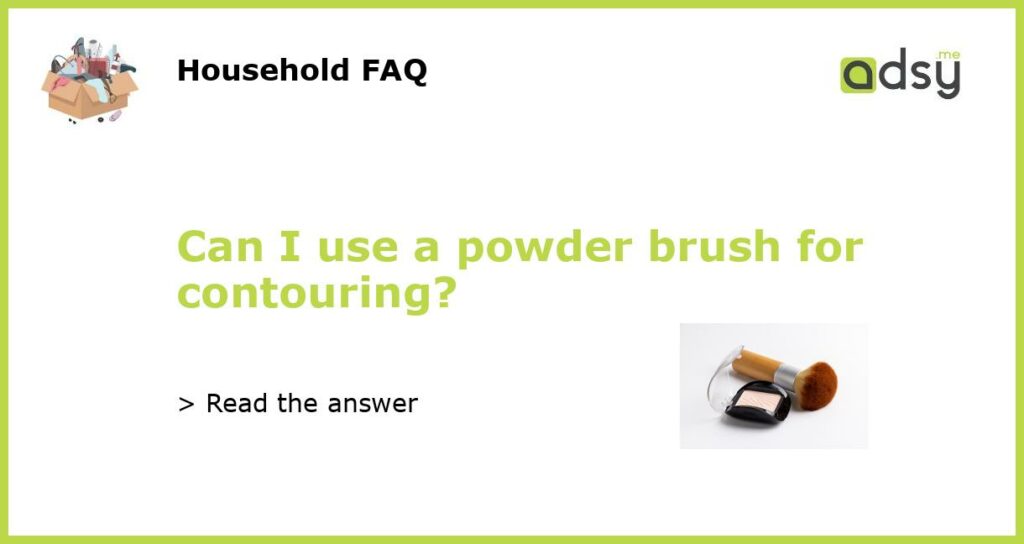Using a Powder Brush for Contouring: Yes or No?
Contouring has become a popular makeup technique, allowing individuals to sculpt and define their facial features. While there are various tools available for contouring, one common question is whether a powder brush can be used effectively for this purpose. In this article, we will discuss whether a powder brush can be used for contouring and provide tips on how to achieve the best results.
What is contouring?
Contouring involves using makeup to create shadows and highlights on the face, enhancing and altering the natural bone structure. By strategically applying darker shades to the hollows of the face and lighter shades to the high points, contouring can help define the cheekbones, jawline, nose, and forehead.
The purpose of a powder brush
A powder brush is typically used for applying loose or pressed powder to the face, helping to set makeup and create a smooth, matte finish. It has soft, fluffy bristles that are designed to pick up and distribute powder evenly over the skin. However, because of its shape and density, a powder brush may not be the most ideal tool for precise contouring.
Can a powder brush be used for contouring?
While a powder brush may not be the most optimal tool for contouring, it can still be used for this purpose if you do not have specialized contouring brushes available. The key is to adapt the technique and use the brush in a way that achieves the desired results.
Here are some tips for using a powder brush for contouring:
- Choose the right powder brush: Look for a powder brush with a tapered or angled shape, as this will make it easier to apply and blend contouring products.
- Blend well: Use a light hand and blend the contouring powder or cream thoroughly to avoid harsh lines and achieve a more natural look.
- Use precision: While a powder brush may not provide the precision of a smaller contouring brush, you can still use it to contour larger areas of the face, such as the forehead or cheeks.
- Build up the color gradually: Since a powder brush may not deposit as much product as a specialized contouring brush, you may need to apply and blend the product multiple times to achieve the desired intensity.
- Experiment with different techniques: Consider using the powder brush to diffuse and soften the edges of your contouring, giving a more diffused and blended effect.
The benefits of using a specialized contouring brush
While a powder brush can be used for contouring, investing in specialized contouring brushes can offer several benefits. These brushes are designed specifically for contouring and often feature a smaller, denser shape that allows for precise application and blending of product.
Using a contour brush can help you create sharper lines and more defined contours, allowing for greater control and precision. Additionally, contour brushes are often made from synthetic bristles, which are ideal for cream or liquid contouring products as they don’t absorb as much product as natural hair brushes.






